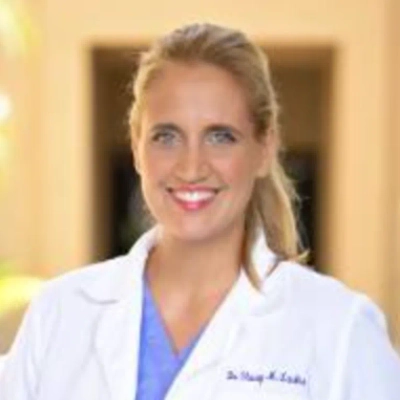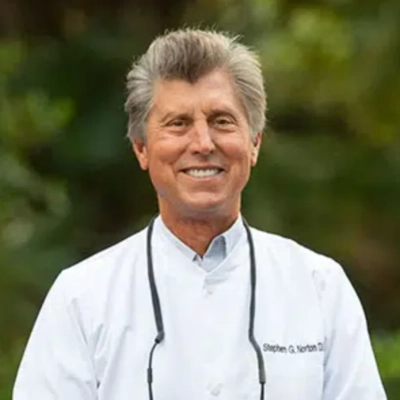5 Essential Tips for Maintaining Great Oral Hygiene
Maintaining excellent oral hygiene is crucial for overall health and well-being. This article presents essential tips for keeping your teeth and gums in top condition, backed by insights from dental experts. From optimal flossing techniques to creating consistent dental care habits, these strategies will help you achieve and maintain a healthy, confident smile.
- Floss Before Brushing for Optimal Oral Health
- Nightly Brushing Prevents Overnight Bacterial Growth
- Brush Before Meals to Protect Enamel
- Create Visual Cues for Consistent Dental Care
- Keep Dental Supplies Handy for On-the-Go Hygiene
Floss Before Brushing for Optimal Oral Health
Floss before you brush. Do this twice a day, daily.
This is the single best habit I recommend. Most people tend to brush first and floss afterwards. However, this approach misses the areas most protected from bacteria. By brushing second, you're forcing plaque and food into crevices and allowing toothpaste to penetrate them and kill bacteria more effectively.
This method works because most cavities and gum problems originate in places your toothbrush can't reach, between the teeth and under the gumline. I've treated hundreds of patients who brush religiously but neglect flossing. They're often shocked when early gum disease appears. In contrast, patients who floss consistently require fewer cleanings, have fresher breath, and avoid costly procedures.
Flossing twice a day maintains balance in your mouth. It prevents bacteria from forming into tartar. Once tartar has formed, no amount of brushing will remove it. Only professional cleaning can do so. Flossing also reduces your risk of developing inflammatory diseases such as heart disease and diabetes.
If you want just one thing for a lifetime of healthy smiles, create this habit: floss before brushing. Try it for two weeks. You'll notice that your gums no longer bleed and your breath stays fresh.
You'll notice the difference. And so will your dentist.

Nightly Brushing Prevents Overnight Bacterial Growth
Brush before bed. Every night. No exceptions.
This one habit prevents the most damage. During the day, bacteria build up in your mouth. If left overnight, it leads to decay and gum problems. Brushing at night breaks this cycle. It keeps your teeth and gums clean during the hours when they're most vulnerable. I've seen people improve their oral health rapidly by adhering to this one habit alone.
Flossing matters, too. Brushing doesn't reach every surface. Between the teeth is where problems often start. Cleaning those spaces helps stop decay and inflammation early. I've met patients with healthy-looking smiles who still lost teeth because of what was missed between them. Regular flossing prevents that from happening.
These steps are simple. They take minutes. You don't need expensive tools. You need a routine. Skip once, and it becomes easy to skip again. Keep going, and the results build. Health improves, visits become easier, and the need for major work decreases. Most problems begin with neglect. Daily care prevents them from gaining ground.

Brush Before Meals to Protect Enamel
Brush before meals, not after.
It is a natural tendency to brush teeth after meals. However, the problem is that food and drinks, especially acidic ones, temporarily weaken the outer layer of teeth. Brushing too soon after eating can damage this weakened layer. Brushing before meals eliminates overnight debris and prepares your mouth for what's ahead.
This routine ensures that the level of damage done by acids and bacteria is kept to a minimum. It also helps to build enamel in the long run. A quick water rinse or chewing sugar-free gum after meals helps to keep things in check without causing harm.
Changing when you brush does make a difference. People who alter their brushing pattern often experience fewer sensitivities or wear issues. No new products or added time are needed—just better timing.
How you brush your teeth depends on when and how you care for them. Little decisions each day add up. Make it simple, smart, and routine.
Create Visual Cues for Consistent Dental Care
From working with healthcare nonprofits and community health programs, I've learned that the most effective oral hygiene tip isn't about technique—it's about creating sustainable systems that remove barriers to consistency. The game-changer is establishing a "two-minute rule" with visual cues that make proper brushing automatic rather than effortful. I've seen community health programs dramatically improve oral health outcomes by teaching families to use phone timers and placing toothbrushes in highly visible locations. What makes this approach so effective is that it addresses the real problem: most people know what to do but struggle with consistent execution. This mirrors successful grant writing—having the right information isn't enough; you need systems that ensure consistent implementation. The organizations I work with that secure the most health-focused funding are those that understand behavior change requires environmental design, not just education. Simple visual reminders and habit stacking (brushing right after another established routine) create lasting change because they work with human psychology rather than against it. That's how impactful grants fuel mission success.
Keep Dental Supplies Handy for On-the-Go Hygiene
As a private driver in one of the busiest cities in the world, my experience is that habits—regardless of how busy life becomes—will help or hurt consistency. My best tip? Every time you get into your automobile or work backpack, have a soft-bristle toothbrush and travel-sized mouthwash ready to grab. Cleaning your teeth is now easy.
I drive busy executives, families, and tourists around Mexico City for 8 hours a day. In between drop-offs and pick-ups, I can often find 3-5 minutes to squeeze in using my toothbrush when applicable—this is the sweet spot to think about my own personal hygiene. In those moments, I can avoid the classic excuse of not having time to take care of my mouth after meals or coffee on the go. It also caused me to be mindful of how I present myself to my clients—in a world where I am driving people and sitting close together. So many people think about hygiene; fresh breath and clean teeth are an impression, not just hygienic.
I believe it works because it is environmentally triggered: if the toothbrush is within reach, its likelihood of being used increases. The same goes for my clients. I've shared this tip with a few of our frequent flyers, and on separate occasions, have had a few tell me they have added it to their travel bag, thanking me later at the airport smiling—literally!




